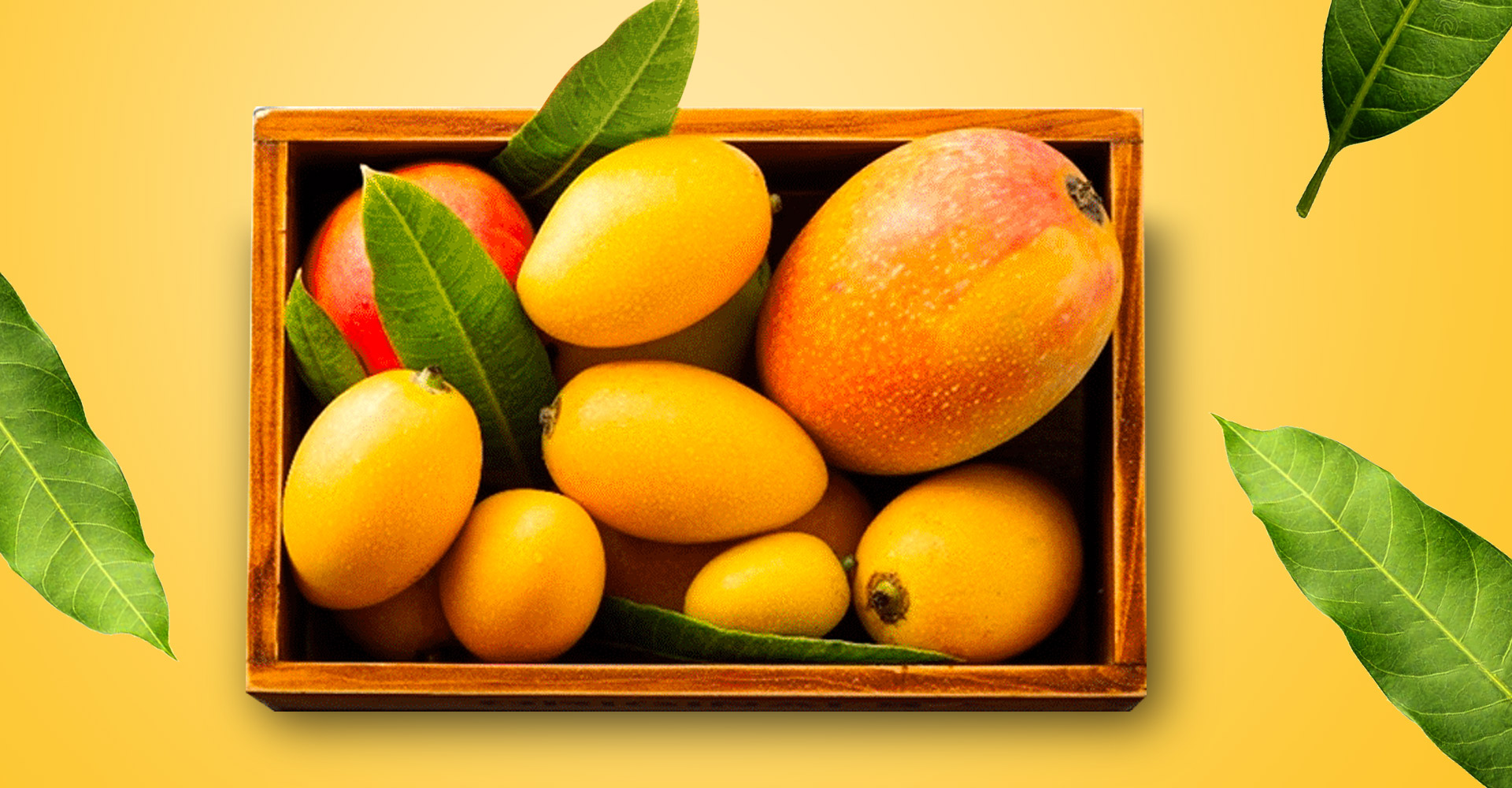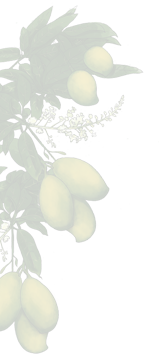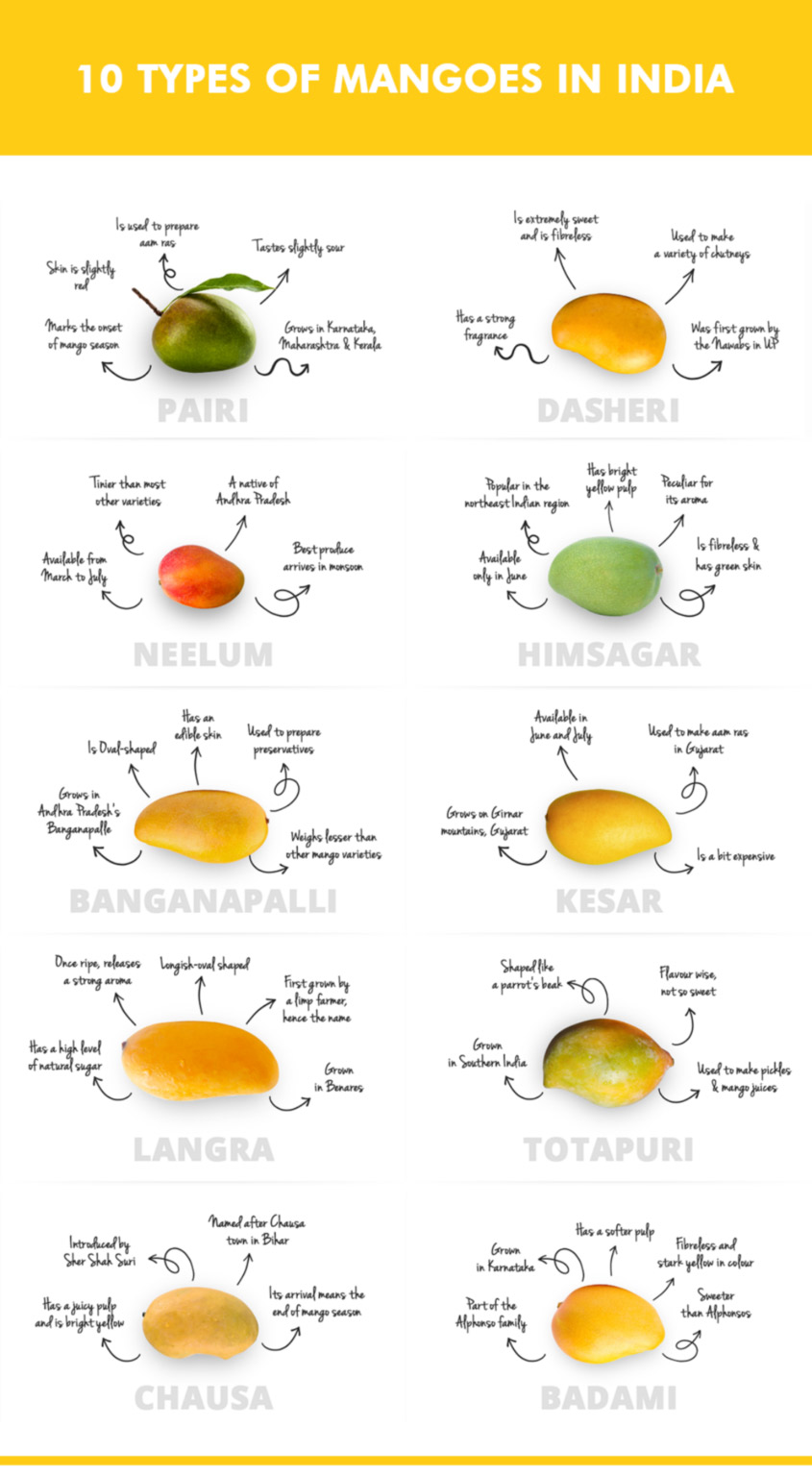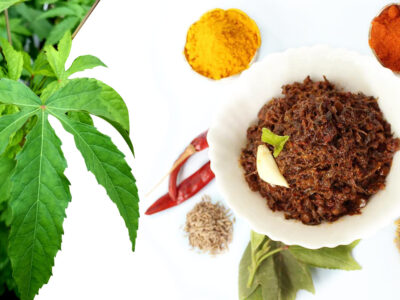

In India, about 1,500 varieties of mango are grown including 1,000 commercial varieties. Each of the main varieties of mango has an unique taste and flavour.
Mangoes, also known as the ’King of fruits’ have been cultivated in South Asia for thousands of years. However, it will be interesting to know that half of the world’s mangoes are cultivated in India alone. They are known for their rich taste and sweet flavor.
Our vast country offers an incredible variety for you to choose from. India accounts for 56% of the world’s mango production, boasting of more than 1000 varieties. From Delhi to Mumbai, Chennai to Kolkata, the mangoes popular in each region vary, as does the manner in which they are used or eaten.
Based on time of ripening, varieties may be classified as under:
Early
Bombai, Bombay Green , Himsagar, Kesar, Suvernarekha
Mid-season
Alphonso, Mankurad, Bangalora, Vanraj, Banganapalli, Dashehari, Langra, Kishen Bhog, Zardalu, Mankurad
Late
Fazli, Fernandin, Mulgoa, Neelum, Chausa


The important mango varieties cultivated in different states of India are given below
Andhra Pradesh
Allumpur Baneshan, Banganapalli, Bangalora, Cherukurasam, Himayuddin, Suvernarekha, Neelum, Totapuri
Goa
Fernandin, Mankurad
Gujarat
Alphonso, Kesar, Rajapuri, Vanraj, Jamadar, Totapuri, Neelum, Dashehari, Langra
Himachal Pradesh
Chausa, Dashehari, Langra
Karnataka
Alphonso, Bangalora, Mulgoa, Neelum, Pairi, Baganapalli, Totapuri
Maharashtra
Alphonso, Mankurad, Mulgoa, Pairi, Rajapuri, Kesar, Gulabi, Vanraj
Punjab
Dashehari, Langra, Chausa, Malda
Tamil Nadu
Banganapalli, Bangalora, Neelum, Rumani, Mulgoa, Alphonso, Totapuri
Uttar Pradesh
Bombay Green, Dashehari, Langra, Safeda Lucknow, Chausa, Fazli
Bihar
Bathua, Bombai, Himsagar, Kishen Bhog, Sukul, Gulab Khas, Zardalu, Langra, Chausa, Dashehari, Fazli
Haryana
Dashehari, Langra, Sarauli, Chausa, Fazli
Jharkhand
Jardalu, Amrapalli, Mallika, Bombai, Langra, Himsagar, Chausa, Gulabkhas
Kerala
Mundappa, Olour, Pairi
Madhya Pradesh
Alphonso, Bombay Green, Langra, Sunderja, Dashehari, Fazli, Neelum, Amrapalli, Mallika
Orissa
Baneshan, Langra, Neelum, Suvarnarekha, Amrapalli, Mallika
Rajasthan
Bombay Green, Chausa, Dashehari, Langra
West Bengal
Bombai, Himsagar, Kishen Bhog, Langra, Fazli, Gulabkhas, Amrapalli, Mallika

Some interesting Details about some of the favourite mangoes
from various sources
Pairi
Pairi is a variety of mango that comes in May to June. They have a reddish tinge in its skin. They are not completely sweet but have a sour taste in its deliciousness. If kesar is not available, Pairi is used to make aamras in Gujarat.
Dasheri
In the 18th century, Dasheri first appeared in the gardens of Nawab of Lucknow. Since then Dasheri plants have been produced and planted throughout India. People from the village Dasheri near Kakori, Uttar Pradesh have the mother plant. This mother plant belonged to the orchards of Late Mohammad Ansar Zaidi. This mother plant is said to be around 200 years old. It bears fruit every alternate year. Though the fruit is small when compared to its grafted counterparts, its flavor and aroma are unmatched. The plant is being well taken care of by Mr. Zaidi’s descendants. It is often referred to as “The Mother Dasehri”.
Neelam
It is available throughout the season but the tastiest ones come in only by June with the monsoons. These mangoes are a favourite in Hyderabad, though they are produced all over the country. They are tiny in comparison to other varieties and have orange skin.
Himsagar
The ‘Himsagar’ mango originates from the modern-day state of West Bengal in India. The inside is yellow to orange in colour and does not have any fibre. It is mainly grown in the Malda, Murshidabad, Nadia, and Hooghly districts of West Bengal, and in the Chapai Nawabganj district of neighboring Bangladesh.
Banaganapalle
Benishan (or Banginapalli Mangoes) is a mango variety produced in Banaganapalle of Kurnool district in the Indian state of Andhra Pradesh.It alone occupies 70% percent of total mango cultivable area of the state and was first introduced by the Nawabs of Banaganapalli from where it derives its name. It has a peculiar shape –oblique and oval and is yellow in colour. Banaganapalli mangoes have thin, edible skin and are largely used for preparing preservatives. They are available between April and June and are also known as Began Phali in some parts of the country.
Kesar
The ‘Gir Kesar’ mango, also called Kesar, is a mango cultivar grown in the foothills of Girnar in Gujarat, western India. The mango was first grown in 1931 by Junagadh Wazir Sale Bhai in Vanthali. About 75 grafts were then planted in the foothills of Girnar at the Junagadh Laal Dori farm.The mango is said to have been known as “Kesar” since 1934 when the Nawab of Junagadh Muhammad Mahabat Khan III said “This is Kesar” looking at the orange pulp of the fruit—kesar being Hindi for saffron.
Langra
The ‘Langra’ mango, also known as Banarasi Langra. It is believed that this variety was first cultivated in the farmlands of a person who was lame and hence it is named ‘Langra’. It is available between July and August and it retains its green in colour even when it is ripe. It is a fibrous variety and is frequently exported across the world.
Totapuri
Grown in several parts of Karanataka this variety of mango has several names: Gilli , Mukku, Kallamai, Sandersha, Bangalora to name a few. It gets its name because of its parrot beak shape and green colour with red tinges. Totapuri was imported to Florida in 1901 as Sandersha and in the 1960s as Totapuri. It is the parent of at least two Florida mango cultivars, Anderson and Brooks. Totapuri mangoes are used to prepare pickles, salads and mango juices.
Chaunsa
Found in northern parts of India, Chaunsa mangoes are one of the sweetest and juiciest mangoes. It gets its name after emperor Sher Shah Suri who defeated Humayun in Chausa (present day Bihar).It has an oblong shape with a beautiful golden yellow colour and a tint of red blush. This is available during July and August and is mostly used to make mango juice pulp. There are three known types of Chaunsa mangoes: Honey Chaunsa, Sweet Chaunsa, and White Chaunsa. White Chaunsa is considered best for export due to its longer shelf life.
Imam Pasand
Imam Pasand or Himayat or Himam Pasand or Himayuddin or Humayun Pasand or Himma pasand is a lesser known and exclusive mango cultivar, grown in Andhra Pradesh, Telangana and Tamil Nadu states in India. The names suggest regal origins and it is said to have been the fruit of choice for India’s royalty. Imam Pasands have a notably soft skin, easy to bite through or even eat, and this also makes it hard to transport.
The origin of the prized variety’s Hindi/Urdu name (which translates as ‘The Imam’s Favourite’) is lost in the mists of time. Some say it was originally grown in Kerala and beloved of Mughal emperor Humayun (and was called Humayun Pasand). This fruit known as Himayat in Andhra was supposedly introduced in Tamil Nadu by the family that owns the Thathachariar gardens, a sprawling estate at Srirangam.







 Gunadala, Vijayawada,
Gunadala, Vijayawada,  reachus@grannyspickles.com,
reachus@grannyspickles.com,  +91 7780687784
+91 7780687784 Mon - Fri: 8am - 8pm / Saturday: 9am-8pm
Mon - Fri: 8am - 8pm / Saturday: 9am-8pm
